Spinning success: the unexpected resurgence of the autogyro industry
Aerotime
JUNE 1, 2025
In 1923, Spanish engineer Juan de la Cierva came up with a rather revolutionary idea: an aircraft that could use an unpowered rotor at the top to generate lift, while relying on an engine-driven propeller for thrust. He called it an autogiro, later anglicized to autogyro (and also often referred to as gyroplane).


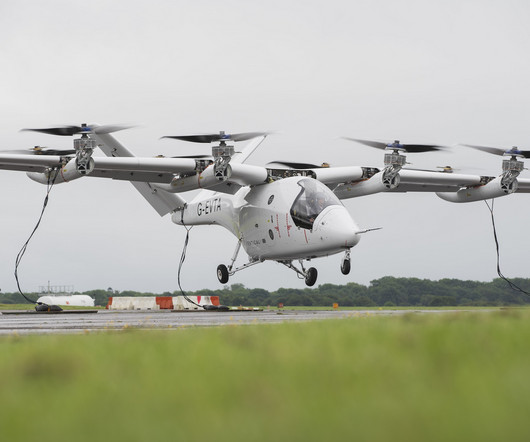

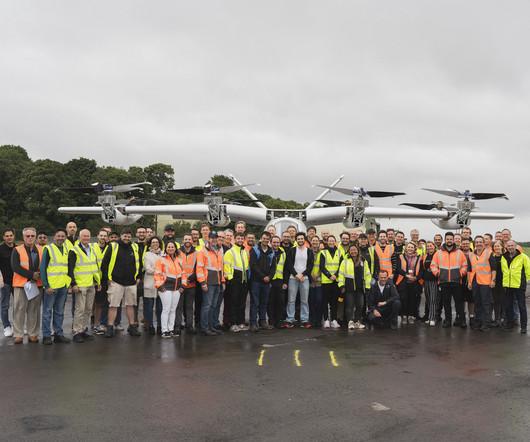
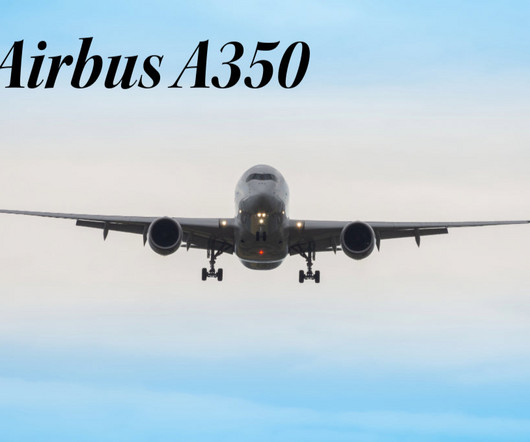
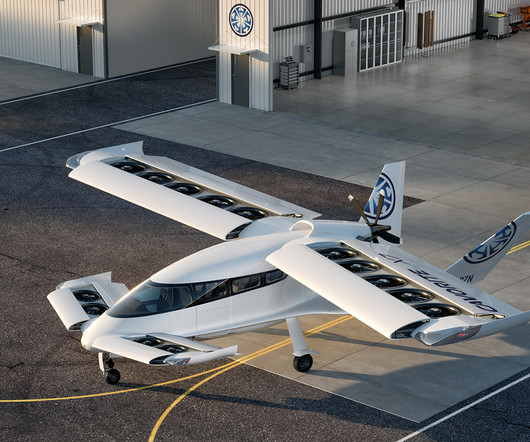
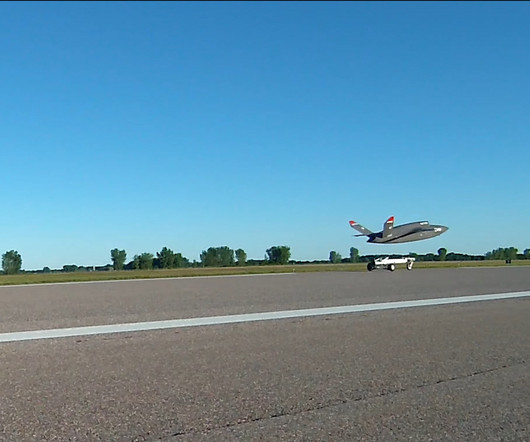








Let's personalize your content